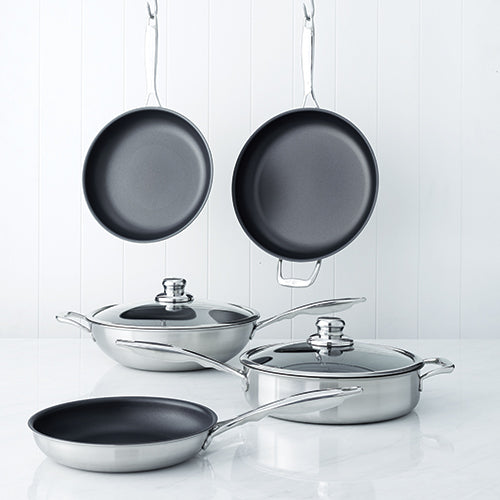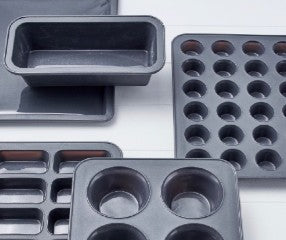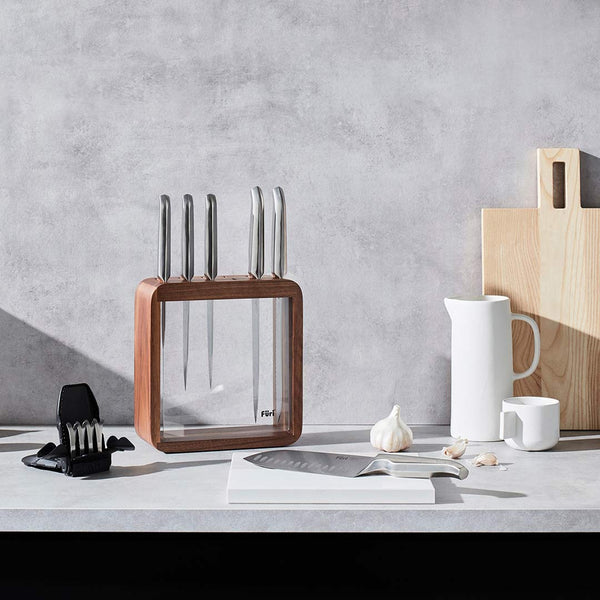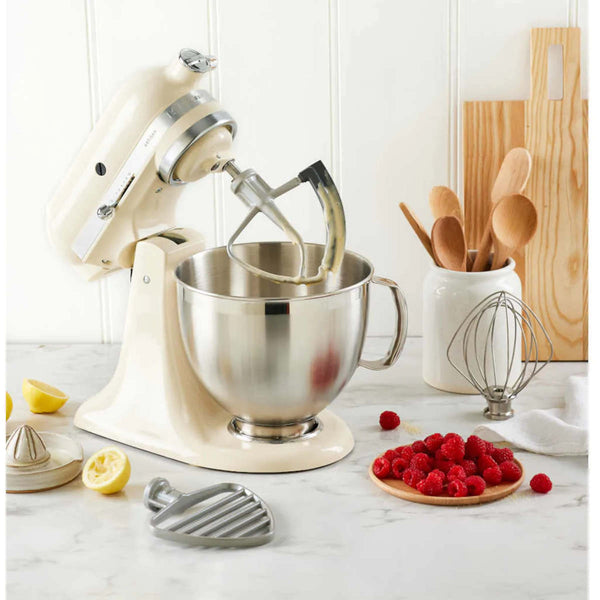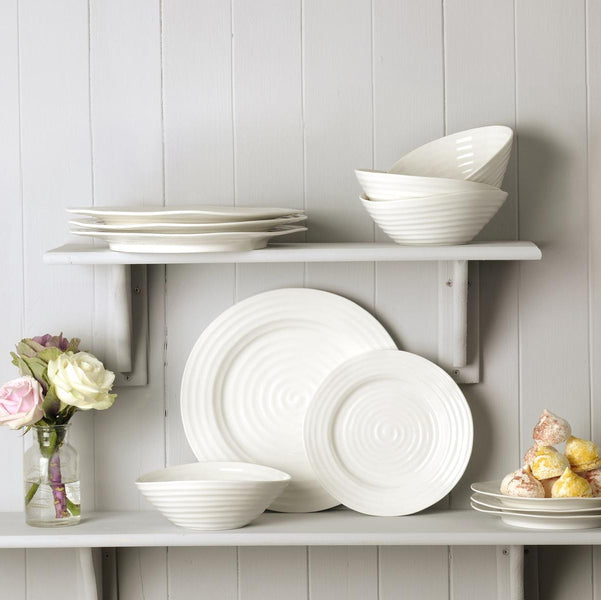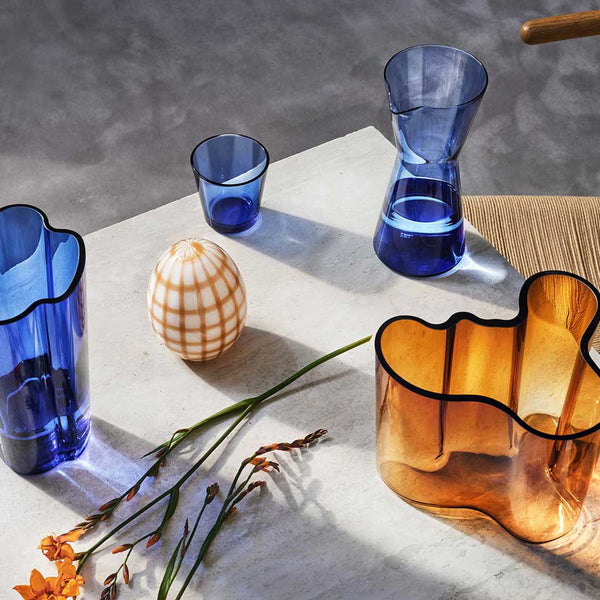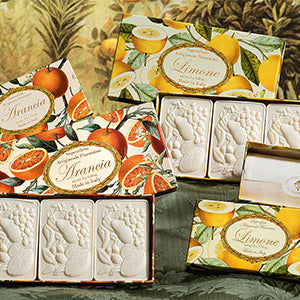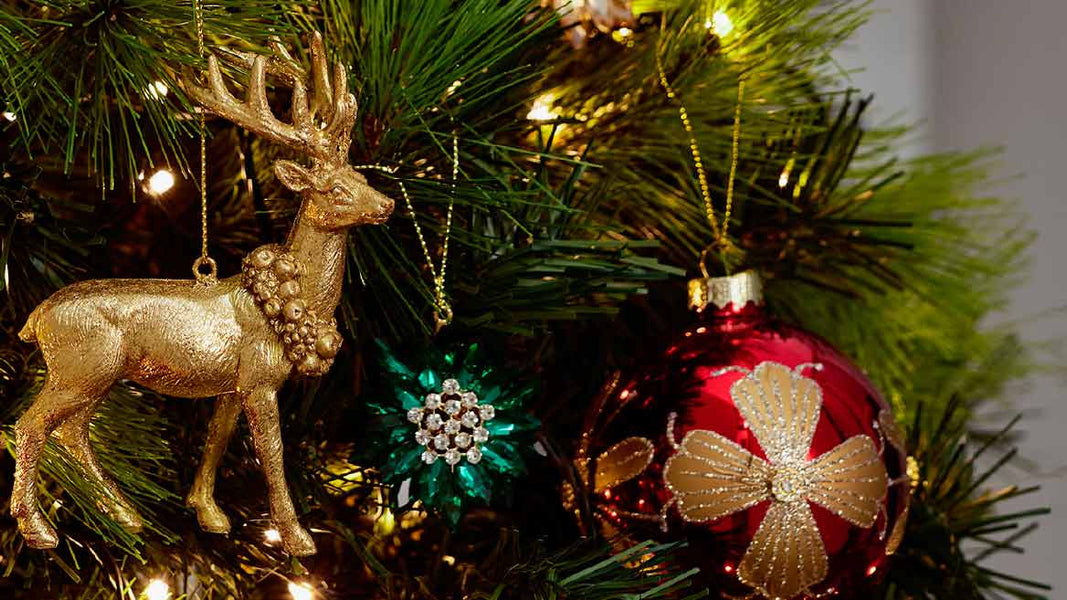Category Food, Lifestyle / Published: 26-July-2022
Every garden should have herbs growing in it, according to Gardening Australia's proud horticulturist Jane Edmanson. Jane also reckons that "herbs are one of the best plants for beginners because they rarely fail or have pest problems, and they look good," making them a mighty acceptable option for the wannabe chef.
Able to be squeezed in between other plants or kept on their own in a pot, herbs provide additional flavours to our food and are also mighty fragrant, with many able to act as natural insect repellents.
To assist you on your journey toward growing the best winter herbs, we've gathered Jane’s green thumb guidance to tell you all about growing herbs in winter.
Understanding Climates & Temperate Zones
First, let’s establish the difference between climate and weather. National Geographic defines climate as the long-term weather patterns in a particular area. Meteorologists track these weather changes for at least 30 years to determine the climate of an area.
The entire world is split up into five climate zones based on the temperature and humidity of the area, Tropical, Dry, Temperate, Continental and Polar (Alpine).
Australia, for example, features a great many climate zones from the Tropical and Equatorial Zones towards the Northern Territory, the top of Western Australia and the northern part of Queensland. All the way to the Cool Temperate and Alpine Zones of Tasmania, Canberra and the tablelands of New South Wales and Victoria.
Understanding the differences between these climate zones will assist you in growing herbs in winter in Australia.
Tropical and Equatorial
Where? North Queensland, NT & WA
Climate
- Challenging for non-tropical plants
- High temperatures all year round
- Wet and dry season
- Monsoon rain
Herbs: basil, coriander, garlic, garlic chives, marjoram, oregano, parsley, thyme and winter tarragon.
Subtropical
Where? South-east Qld & Northern NSW
Climate
- Mild climate
- Low winter rainfall and reliable summer rainfall
- Warm, humid, wet summer
Herbs: chervil, chicory, coriander, fennel, garlic bulbs, lavender, marjoram, oregano, parsley, rocket, sage, sorrel, rosemary, thyme, winter tarragon and yarrow.
Desert and Grassland
Where? Arid, Inland or Outback areas
Climate
- Inland Australia
- High summer temperatures
- High evaporation
- Dry summers with prolonged drought are common
- Use shade cloth
Herbs: chervil, chives, chicory, coriander, dill, fennel, garlic bulbs, lavender, marjoram, mint, oregano, parsley, sage, sorrel, rosemary, thyme, winter tarragon and yarrow.
Warm Temperate
Where? Sydney, coastal NSW & Victoria
Climate
- Reliable rainfall
- Warm summers
- Experience distinct seasons
Herbs: coriander, garlic bulbs, marjoram, oregano, parsley, thyme and winter tarragon.
Mediterranean
Where? Adelaide & Perth
Climate
- Summers are warm but with low humidity
- More rainfall during winter
Herbs: chives, coriander, marjoram, oregano, mustard & parsley.
Cool Temperate and Alpine
Where? Tasmania and Canberra
Climate
- Cold winter temperatures with heavy frost
- Alpine areas experience snow
- Summer growing season is short
Herbs: chives, coriander, dill, garlic, mint, parsley, rosemary, sage, thyme, marjoram and oregano.
If all of that seems a bit much for you, remember Jane's sage words.
"The pleasure you get from gardening far outweighs any difficulties as you get older".
The 7 Best Herbs To Grow In Winter
Jane tells novice gardeners to begin their green thumb journey by growing herbs.
1. Lemon Verbena
Let’s start with one of Jane’s favourites. "Grow lemon verbena because it's fragrant, looks lovely, and it's useful as a tea or in cooking. I have lots of herbs in my garden, and their fragrance and taste in my cooking takes me to another part of the world."
Choose a well-drained sunny spot for the seeds and water moderately.
2. Curry Leaf
Everyone loves curry, especially if it's homemade. Give your Korma a kick of flavour by growing Curry Leaf in your own backyard. It's a must-have on the list of herbs to grow in winter in Australia.
Seeds should be planted in autumn, in a protected area to avoid frosts, with full sun or light shade.
3. Thyme

A popular herb in European cooking, particularly in Mediterranean cuisines, thyme is notable for its concentrated and herbal flavour, which pairs nicely with meat, stews and pasta.
Seeds can be planted anytime, though spring and autumn are preferred. Choose an area with good drainage, and avoid cool, wet or humid conditions.
4. Coriander

Also known as cilantro or Chinese parsley, coriander is well known for its tart, lemon/lime taste. Unfortunately, a great many people claim the leaves taste like dish soap. If you're part of the lucky majority who can enjoy this delicious herb, it's a fantastic addition to a range of dishes.
Plant your seeds in autumn or spring and avoid hot and dry conditions.
5. Mint

Not just a coverup for bad breath in your chewing gum or toothpaste, mint is a versatile herb that can add a wealth of flavour to your food.
Ready to grow at any time of the year in damp soil. Use a pot as mint roots can be invasive to other nearby plants.
6. Rosemary

A Sunday Roast isn't the same without a sprig of rosemary. Add some to your garden for the quintessential family feast.
Plant cuttings in autumn in well-drained soil with plenty of sunlight. Avoid overwatering your rosemary.
7. Sage

Don't let its fuzzy exterior fool you. Sage packs an intense herbal aroma and is a bold addition to any meal thanks to its peppery and somewhat minty taste, with a hint of citrus and eucalypt.
You should sow seeds in autumn in a sunny and well-drained area. If where you live is warmer than usual, water more regularly.
Stripping Herbs The Easy Way
You've spent the time nurturing your herbs through the winter months, and now you're left with a bountiful harvest just waiting for your next meal. Although many would be quick to use their sharpest knife to slice away the flavourful leaves from their stems, there's actually an easier way to strip your herbs in one fell swoop.
Strip leaves from multiple stems at once with a simple pull using a herb comb. Suitable for parsley, cilantro, thyme, rosemary, oregano and tarragon, you can strip your herbs quickly and efficiently with this innovative tool that takes inspiration from a common household item.
Shaped for a comfortable grip while holding at any angle, use the flat side of your herb comb, and gather them all together with the four specially designed holes along the body to strip kale, chard, collards or other leafy greens with a simple pull.
Growing and Cooking with Herbs
With a garden full of fresh winter herbs and a kitchen just waiting for your creativity, it’s time to add a dash of this and sprinkle of that for culinary creations that will wow your tastebuds!
